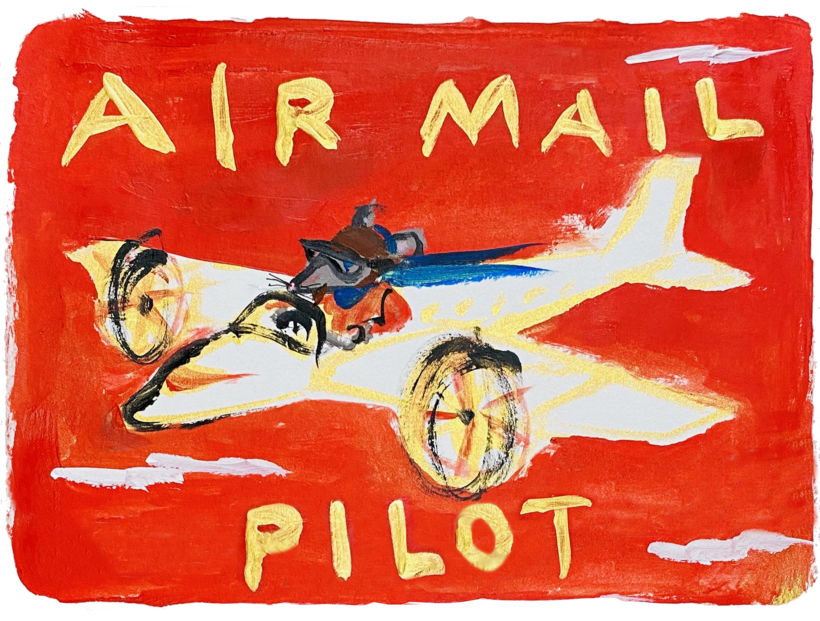Mind over Matterhorn

While most parents were lucky to get a half-hour Joe Wicks workout out of their children during lockdown, one 11-year-old was working towards a rather higher ambition — to climb the most iconic mountain in the Alps, the Matterhorn.
Fueled by Kendal Mint Cake and playing Eminem rap songs in his head, on July 8 Jules Molyneaux became the youngest Brit to scale the 14,700-foot mountain that straddles the Italian-Swiss border. He achieved his goal thanks to a rigorous homemade fitness programme, which he followed with his father, after his school closed in March. “It was train, train, train, six days a week,” says Jules, who lives in the Cairngorms National Park, where his parents own a gin distillery. “Some days it was chin-ups, an abs and core workout, followed by going up and down the stairs a hundred times. Other days we’d go out for a 30km [nearly 19-mile] hike.” And what of schoolwork? “Well I did a bit,” he jokes.
Jules, who learnt to climb aged four, began to dream about one day scaling the Matterhorn after studying the mountain’s history for a school project. “I felt magnetized to it,” is how he puts it. “To its iconic-ness, and its shape, like a great big shark’s tooth. Then I thought, ‘What if I climbed it?’”
“It was train, train, train, six days a week,” says Jules. And what of schoolwork? “Well I did a bit.”
Jules’s father, Chris, who is also a keen climber and spent several seasons in the Alps before founding Daffy’s Gin in Scotland, thought his son was joking when he suggested it. “I didn’t take him seriously to start with. The Matterhorn is one of the most challenging mountains to climb. Jules was already a very proficient climber, but I knew that to do this he would have to really take things to another level. So we put together a rigorous schedule to work on his endurance, strength and technical skills. The more technically capable and the fitter he got, the more it began to seem possible.”

Chris, 43, also called on a friend, an experienced marathon runner, to give Jules tips on breathing and stamina. “Right from the start safety was our No 1 priority. I knew that Jules had to be mentally up to it, as well as physically.”
As soon as news came in that the Matterhorn was to open again to climbers, Chris and Jules drove to Zermatt, at the foot of the mountain, in their camper van. Normally you have to be 16 to apply to do the climb, so to prove to local guides that he was ready, Jules was required to complete several challenging technical and endurance tests on neighboring mountains. “The aim was to really push and test Jules’s skills,” Chris says. “There were some sections when I would do it first and think, ‘God, how is Jules going to be able to do this?’ Then I would look round and he would be just totally focused and fine.”
Climbers stay the night at Hornli Hut — the starting point for climbing the Matterhorn — and then set out at 4am, moving quickly so they can summit before the warmth of the sun starts to melt the snow on the mountain’s top section, making it prone to avalanches. “I only got four hours of sleep the night before because I was so excited and tense and worried, so I felt exhausted when we began,” Jules recounts. “But then when you get going, you pick a rhythm and stick to it, like there is a drum going on in your head. To distract myself from the tiredness and the pain in my legs and arms I sang Eminem’s “Lose Yourself” to myself. Then at one point I couldn’t get “The Birdie Song”out of my head.”
Then I thought, “What if I climbed it?”
Jules, Chris and their Swiss guides, Daniel Schliefsteiner and Bastien Speckle, reached the summit after four hours of solid climbing with barely a break. The feeling was “overwhelming”, Jules says. “The wind is rushing around you and it really does feel like being on top of the world. You can just see for miles and miles around, even over Mont Blanc.”
The group began their descent almost immediately. It’s often the most dangerous part of a climb, Chris says, because the legs start to feel like jelly. “There are a lot of ledges that are a foot wide, it’s like standing on a knife edge, and you have to really concentrate where you are putting each foot and hand. When you lose concentration, that is when you fall,” he says. The pair discovered later that a climber who was behind them had fallen to his death on his descent. More than 500 climbers have died on the mountain over the past 150 years.
After reaching base camp at 1pm they celebrated with the “best Fanta I have ever tasted”, Jules says, before embarking on a two-and-a-half-hour hike to catch a gondola to carry them down to Zermatt. “I feel like the climb is a big achievement, that I’ve done something big,” Jules says. “But that wasn’t the point of doing it. I wanted to do it because I knew it would be really fun.”
Perfect Match

Take the Biscuit
The young Wilfred has a big problem on his hands: a cherished family heirloom, a chocolate biscuit once belonging to his father’s father’s father, is broken into three parts. Repair-shop owner Phoenix thinks he’s up to the task of fixing it. Press Play, below, to see the final result—and Wilfred’s verdict!

